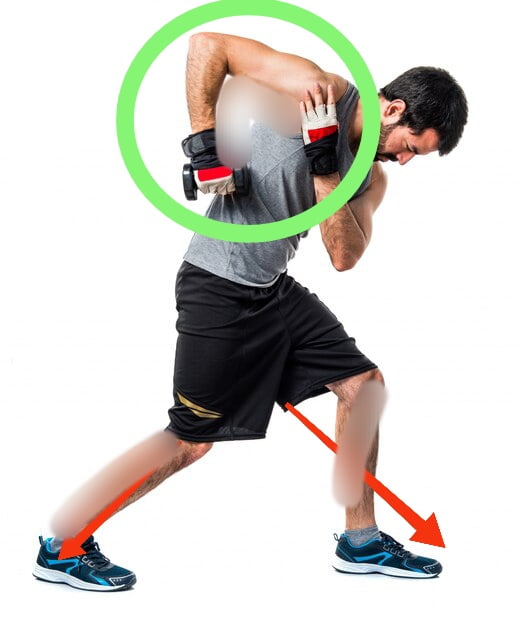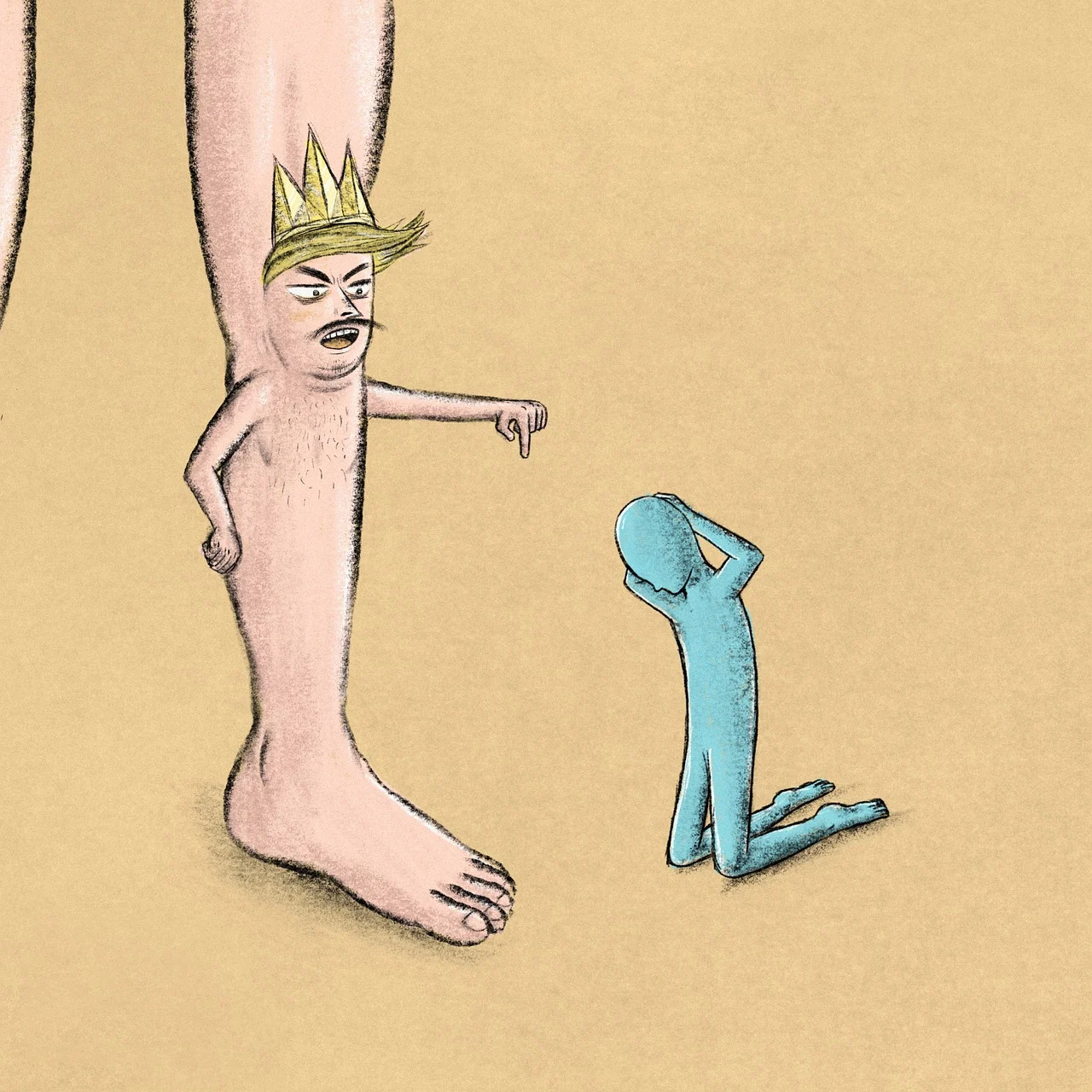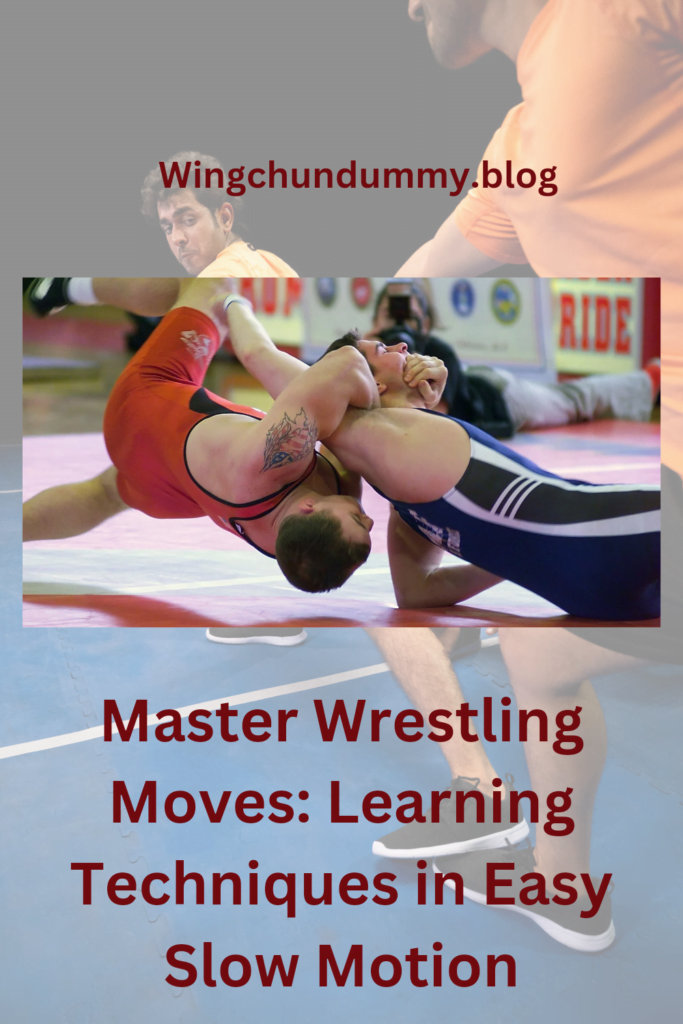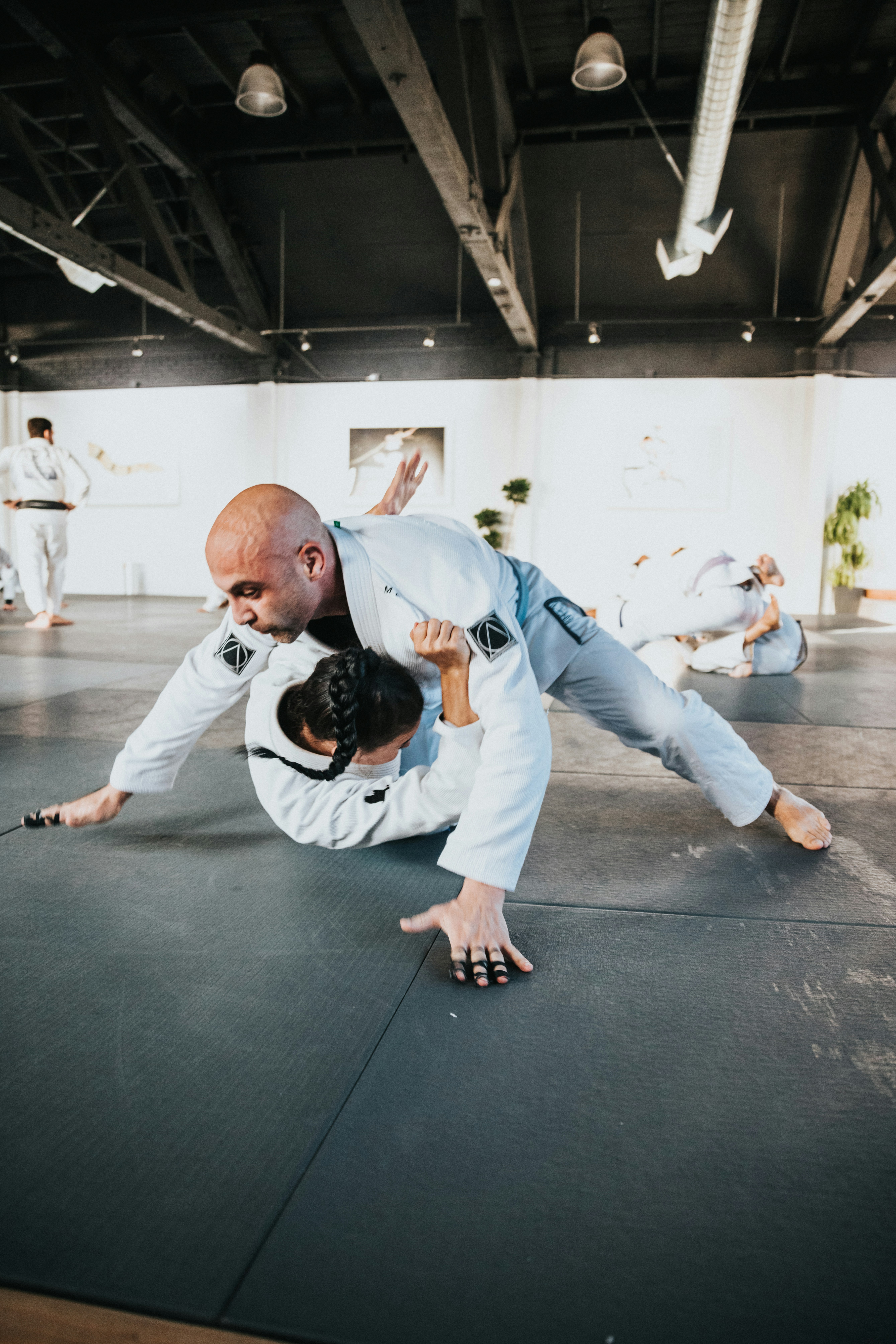Wrestling is one of the oldest and most revered sports, tracing its roots back to ancient civilizations. Let’s begin on Wrestling Moves.
From the Greeks who included it in the original Olympic Games to the diverse styles seen worldwide today.
wrestling has been a testament to human strength and strategy.
Its enduring popularity is evident in the myriad of wrestling forms practiced globally, from freestyle and Greco-Roman to folkstyle and sumo.
Engaging in wrestling offers a multitude of physical benefits.
It is a comprehensive workout that enhances muscular strength, flexibility, and endurance.
Wrestlers develop a balanced physique, as the sport requires the use of almost every muscle group.
Additionally, the rigorous training and matches improve cardiovascular health, leading to greater stamina and overall fitness.
Beyond physical prowess, wrestling is a formidable tool for mental development.
Wrestlers must cultivate mental toughness, resilience, and strategic thinking.
The sport demands quick decision-making and the ability to remain calm under pressure.
This mental fortitude often translates into other areas of life, fostering discipline and perseverance.
For beginners, learning wrestling moves in slow motion can be particularly advantageous.
This method allows novices to grasp the fundamental mechanics of each technique without the immediate risk of injury.
Slow-motion practice helps in understanding the intricate details of movements, ensuring proper execution and form.
It also aids in muscle memory development, allowing learners to perform moves more fluidly as they progress.
Incorporating slow-motion techniques into training sessions not only mitigates potential injuries but also builds a solid foundation for advanced wrestling skills.
As beginners become more comfortable with the basics, they can gradually increase the speed and intensity of their practice, leading to a more effective and safer learning experience.
The Importance of Proper Warm-Up and Stretching

Engaging in a proper warm-up routine before practicing wrestling moves is crucial for preventing injuries and enhancing overall performance.
A well-structured warm-up prepares the body for the physical demands of wrestling.
ensuring that muscles and joints are ready for the intensity of the sport.
Neglecting this essential step can lead to strains, sprains, and other injuries that could sideline athletes for extended periods.
A comprehensive warm-up routine should begin with light cardiovascular exercises.
Activities such as jogging, jumping jacks, or brisk walking for 5-10 minutes will increase heart rate and blood flow, preparing the cardiovascular system for more strenuous activity.
This initial phase is essential for warming up the body and gradually increasing its readiness for more intense exercises.
Following the light cardio session, dynamic stretches should be incorporated.
Unlike static stretches, which involve holding a position for an extended period, dynamic stretches are movement-based and mimic the actions performed in wrestling.
Examples include leg swings, arm circles, and hip rotations.
These movements not only improve flexibility but also enhance range of motion, which is vital for executing wrestling techniques effectively.
Dynamic stretches should target all major muscle groups, paying particular attention to areas prone to injury in wrestling, such as the shoulders, hips, and knees.
Incorporating sport-specific movements, like lunges with a twist or high knees, can further prepare the muscles and joints for the specific demands of wrestling maneuvers.
This approach ensures that the body is adequately prepared to perform complex wrestling moves with precision and strength.
In addition to dynamic stretches, incorporating a few minutes of static stretching at the end of the warm-up can be beneficial.
Static stretches help to elongate muscles and improve overall flexibility.
Holding stretches for 15-30 seconds can alleviate muscle tightness, reduce the risk of injury, and enhance overall performance in wrestling.
Proper warm-up and stretching routines are indispensable components of wrestling training.
They not only aid in injury prevention but also optimize performance by preparing the body for the rigorous demands of the sport.
By prioritizing these preparatory steps, wrestlers can ensure they are physically ready to master wrestling moves in easy slow motion.
Basic Wrestling Stance and Footwork

The foundation of any successful wrestling technique lies in mastering the basic wrestling stance and footwork.
The wrestling stance is crucial for maintaining stability and balance, which are essential for both offensive and defensive maneuvers.
To achieve a proper stance, begin by positioning your feet shoulder-width apart. Your lead foot should point forward, while your back foot is slightly turned out.
This alignment helps in maintaining a solid base.
Next, bend your knees to lower your center of gravity.
This knee bend should be deep enough to give you flexibility and strength but comfortable enough to sustain for extended periods.
Your weight should be evenly distributed between both feet, allowing you to move swiftly in any direction.
Additionally, keep your back straight and your head up, looking forward.
Your arms should be in front of you, ready to engage with your opponent.
Footwork is equally important in wrestling, as it enables you to maneuver effectively around the mat.
Basic footwork drills practiced in slow motion can significantly enhance your agility and precision.
Start with simple movements like the step-slide, where you step forward with your lead foot and slide your back foot to follow.
This drill helps in maintaining balance while moving forward.
Another fundamental drill is the sprawl, which is essential for defense.
To perform a sprawl, shoot your legs back while lowering your hips to the mat.
ensuring your chest remains close to the ground.
Practicing this in slow motion allows you to focus on each component of the movement, ensuring proper form and technique.
Incorporating these basic footwork drills into your routine will build a solid foundation for more complex wrestling moves.
The slow-motion practice ensures you internalize each movement.
making it second nature when performed at full speed.
Mastery of stance and footwork is the first step towards becoming a proficient wrestler, setting the stage for executing advanced techniques with ease and confidence.
Executing a Double Leg Takedown
The double leg takedown is a fundamental wrestling move that, when executed with precision, can be a game-changer in any match.
To master this technique, it is essential to break it down into its core components and practice each step meticulously.
Starting from the initial stance to the final execution, understanding the importance of positioning, timing, and leverage is crucial.
Begin in a solid, balanced stance, with your feet shoulder-width apart, knees slightly bent, and weight evenly distributed on the balls of your feet.
This stance provides the stability needed for an effective double leg takedown.
Focus on maintaining a low center of gravity, which will enhance your ability to generate power and control.

The first critical phase is the penetration step.
This involves a deep, explosive step forward with your lead leg, aiming to position it between your opponent’s legs.
Simultaneously, lower your level by bending your knees and hips, bringing your shoulders in line with your opponent’s midsection.
This motion should be fluid and swift, allowing you to close the distance efficiently.
Next, move to the lifting phase.
Wrap your arms around your opponent’s thighs, securing a firm grip.
The position of your hands and arms is vital; they should be tight against your opponent’s legs to prevent them from sprawling.
As you lift, use the strength of your legs and core, not your back, to elevate your opponent off the ground. This leverage is key to maintaining control and avoiding injury.
The final phase is the drive-through. Once your opponent is elevated, shift your momentum forward, driving through with your legs and hips.
Aim to angle them towards the mat, ensuring a controlled descent.
The goal is to land in a dominant position, ready to transition into further offensive maneuvers.
Utilizing slow-motion techniques can significantly aid in perfecting the double leg takedown.
By breaking down each phase, you can pinpoint areas for improvement and refine your execution.
Focus on the synchronization of your movements, ensuring each step flows seamlessly into the next.
Over time, this meticulous approach will enhance your proficiency and make the double leg takedown a reliable asset in your wrestling arsenal.
Performing 🎭 a Single Leg Takedown
The single leg takedown is a fundamental wrestling move, essential for both beginners and advanced practitioners.
Mastering this technique involves understanding the nuances of balance, control, and precision.
Let us break down the single leg takedown step by step in slow motion to ensure you grasp the intricacies of each movement.
Firstly, setting up the single leg takedown begins with a proper stance.
Lower your center of gravity by bending your knees and maintaining a slight forward lean.
This stance enhances your stability and readiness to execute the move.
Approach your opponent and establish a grip on their leg.
Aim for the lower part of the leg, around the calf or ankle, to secure a firm hold.
Use your dominant hand to grab the leg while your other hand supports by gripping higher up.
Next, ensure you maintain balance.
As you grip the leg, pull it towards you while simultaneously driving forward with your body.

This dual action creates a destabilizing effect on your opponent.
It is crucial to keep your head up and back straight to avoid compromising your balance.
Your head should remain positioned close to your opponent’s body, providing additional leverage.
In slow motion, visualize driving your shoulder into the opponent’s midsection as you lift and pull their leg.
This motion should be fluid and coordinated.
Use your leg strength to push off the ground, facilitating the lift.
As your opponent begins to lose balance, guide them downward by continuing to drive with your shoulder and pulling the leg towards you.
To complete the takedown, follow through by transitioning to a dominant position.
As your opponent falls, maintain pressure by keeping your grip tight and using your body weight to control their movements.
Position yourself strategically on top of them, ready to transition into a pin or another controlling hold.
Practicing this move in slow motion will help you internalize each component, ensuring a smooth and effective execution in real-time scenarios.
Remember, the key to a successful single leg takedown lies in the seamless integration of grip, balance, and controlled force.
By honing these elements, you will enhance your wrestling repertoire and increase your effectiveness on the mat.
Mastering the Arm Drag
The arm drag is a fundamental wrestling move that can be an effective tool for controlling your opponent and setting up various offensive techniques.
Mastering the arm drag requires a keen understanding of grip, body positioning, and smooth, fluid movements.
By breaking down this maneuver into slow-motion analysis, wrestlers can perfect their technique and avoid common mistakes.
To execute an arm drag, start by establishing a strong grip on your opponent’s arm.
The grip should be firm but not overly tight, allowing for flexibility and quick adjustments.
Position yourself at an angle to your opponent, creating a diagonal line from their shoulder to your hip.
This positioning is crucial for leveraging your weight and generating the necessary torque.
Next, use your free hand to grasp your opponent’s wrist while your other hand reaches across their body to secure their triceps.
As you pull their arm across your body, step to the side with your lead foot, creating a pivot point.
This pivoting motion is essential for generating momentum and unbalancing your opponent.
Keep your hips low and your center of gravity stable to maintain control throughout the move.
In slow motion, the arm drag should appear as a seamless, fluid motion.
The synchronization between your hands, feet, and body is critical for the technique’s effectiveness.
Practice this move slowly at first, focusing on the smooth transition from grip to drag.
Gradually increase your speed as you become more comfortable with the mechanics.
Common mistakes when executing an arm drag include overcommitting to the pull, which can lead to loss of balance, and failing to maintain a low center of gravity.
Additionally, improper grip or body positioning can result in ineffective drags that do not unbalance your opponent.
By practicing in slow motion, wrestlers can identify and correct these errors, ensuring a more efficient and controlled execution.
Mastering the arm drag through slow-motion analysis not only enhances a wrestler’s technical proficiency but also builds a foundation for more advanced techniques.
This approach allows wrestlers to refine their skills, ultimately leading to greater success on the mat.
Utilizing the Fireman’s Carry

The Fireman’s Carry is a fundamental wrestling move, often utilized for its efficiency and effectiveness in gaining control over an opponent.
To master this classic technique, it is crucial to understand the setup, entry, and execution phases.
Performing the Fireman’s Carry in slow motion can help in grasping the nuances of body positioning, leverage, and momentum.
Firstly, the setup phase involves positioning yourself correctly relative to your opponent.
Stand face-to-face with your opponent, maintaining a balanced stance.
Your feet should be shoulder-width apart, knees slightly bent, and your weight evenly distributed.
This balanced posture enables quicker reactions and better stability.
Next, move into the entry phase. Initiate contact by gripping your opponent’s collar or shoulder with your dominant hand.
Your other hand should simultaneously reach for and grasp their leg, preferably at the knee or thigh.
This dual grip is critical as it establishes the necessary leverage and control for the next phase.
In slow motion, ensure that your movements are deliberate and precise, focusing on maintaining a firm grip and steady balance.
The execution phase involves lifting your opponent and completing the carry.
Begin by pulling your opponent’s leg towards you while simultaneously ducking under their arm.
This action should cause their body to pivot over your shoulders.
Use your legs and core muscles to lift your opponent

ensuring that their weight is evenly distributed across your shoulders.
While practicing in slow motion, pay attention to the alignment of your back and legs to prevent strain or injury.
Controlled and steady movements are key to safely executing the lift.
Slow-motion practice is invaluable for highlighting the importance of body positioning and leverage.
Always work with a partner who understands the move and is prepared to assist in maintaining safety.
Use protective mats and follow proper wrestling etiquette to minimize risks.
By breaking down the Fireman’s Carry into these phases and practicing deliberately in slow motion.
wrestlers can develop the precision and strength needed to execute this move effectively and safely in live matches.
Putting It All Together: Creating a Practice Routine
Creating a well-structured practice routine is essential for mastering wrestling moves effectively.
A comprehensive routine not only helps in building muscle memory but also ensures that techniques are executed with precision.
To begin, start every practice session with a thorough warm-up.
This should include dynamic stretches and light cardio exercises to prepare your body for the training ahead.
A proper warm-up minimizes the risk of injuries and enhances your overall performance.
Once warmed up, focus on drilling the basic moves you’ve learned.
Practicing in slow motion is crucial at this stage.
By moving slowly, you can pay close attention to every detail of the technique.
ensuring that each movement is performed correctly.
This methodical approach helps in ingraining the moves into your muscle memory.
As you become more comfortable with the technique, gradually increase the speed and intensity of your drills.
However, it is important not to rush this process.
Above all, Consistency and patience are key to mastering wrestling moves.
Additionally, Incorporate a variety of drills into your routine to keep it balanced and comprehensive.
Also, Start with fundamental moves and progressively add more complex techniques as you advance.
So, Pair up with a partner to practice live situations and gain experience in applying your skills in a realistic context.
So, This not only improves your technique but also enhances your adaptability and decision-making skills on the mat.
Finally, consistency is paramount. Make practice a regular part of your schedule, and stick to it diligently.
Track your progress and adjust your routine as needed to address any weaknesses or areas for improvement.
So, Remember that mastering wrestling moves takes time and dedication.
By following a structured practice routine and emphasizing slow-motion drills, you will develop the muscle memory and technical proficiency necessary to excel in wrestling.
Share your thoughts onWrestling Moves.



